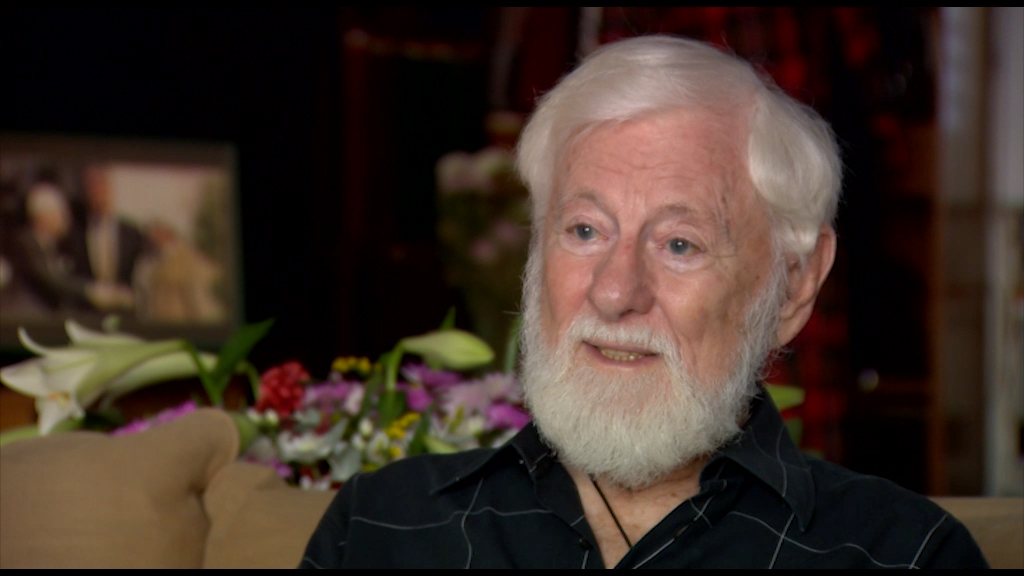והתחיל מאבק גדול על הצורך, על האפשרות. נפגשתי עם הצנזור ואמרתי "אני בכלל לא מבין אתכם, אתם אומרים שכל הארבעה נהרגו בעת ההסתערות. הנה יש תמונה אחרי ההסתערות, אז זה לא יכול להיות אחד החוטפים, זה יהודי שבטעות חשבו שהוא חוטף ואין שום סיבה לאסור את הפרסום של התמונה”. לא הייתה תשובה לזה, "אסור". התחילה מאחורי הקלעים מהומה גדולה והתחילו כל מיני תירוצים של הצבא שזה ככה וחשבו שזה ככה וקרה ככה. לא הייתה תשובה. מינו ועדת חקירה. בוועדת החקירה השב"כ טען שאלוף הפיקוד הרג אותו, אלוף הפיקוד שבתמונה שלנו. תוך כדי כך לא הייתה יותר שום הצדקה לאסור את התמונה ואנחנו פרסמנו את התמונה בשער "העולם הזה”, וכל העיתונים האחרים קיבלו בקשה לא לפרסם ולא פרסמו. וזה היה אחד המקרים הכי מרגיזים בקריירה שלי כעורך עיתון, מפני שהיה עיתון של "הארץ", זה היה העיתון השני של "הארץ" שנקרא "חדשות" והוא לא פרסם לפי בקשת דובר הממשלה או דובר צה"ל, ופרסם את התמונה שלושה שבועות אחרינו. והייתה תופעה פסיכולוגית מאוד מעניינת – נפוצה השמועה שהוא פרסם ראשון, וכולם חזרו על האגדה הזאת, על השקר הזה, על הכזב הזה שנים. כשיש אפשרות הכי פשוטה להראות את השער של ״חדשות״, ואת השער של "העולם הזה", על השער כתוב התאריך ורואים ש"חדשות" פרסם את זה שלושה… לא עזר שום דבר. אני חושב שגם היום אם מישהו יכתוב על הפרשה הזאת יכתוב ש"חדשות" פרסם את התמונה ראשון. זה מאוד מרגיז. מה "חדשות" כן עשה? הוא פרסם את דבר הקמת ועדת החקירה. ועדת החקירה הייתה כאילו סודית, הוא פרסם את זה. כל הכבוד, אבל זה לא, לא זה פוצץ את הפרשה. אנחנו פוצצנו את הפרשה.
A struggle started regarding the need, the possibility [of publishing the photo]. I met with the censor and I said: 'I don't understand you. You are saying that all four of them were killed during the attack. Here is a picture taken after the assault, so this can't be one of the hijackers; it is obviously a Jew who was mistakenly thought to be a hijacker − so there is no reason to prohibit the publication of the photograph'. There was no answer to that. 'It is forbidden'. Then pandemonium broke out behind the scenes, and the army started to make all kinds of excuses, that it was like this, and they thought it was like that, and that is what happened. There was no response. A commission of enquiry was appointed. During the enquiry, the General Security Services claimed that the Head of Central Command had killed him, the Head of Central Command who appears in our photograph. During this there was no longer any justification to censor the photograph and so we published the photograph on the cover of HaOlam HaZeh. All of the other newspapers were asked not to publish it and they complied with our request. There followed one of the most irksome events in my career as a newspaper editor. There was the Haaretz newspaper − it was the second newspaper of Haaretz called Hadashot – and they did not publish it at the request of the government spokesman or the IDF spokesman, but they published the photograph three weeks after us. There was a very interesting psychological phenomenon: a rumour was circulated that they had published it first, and everyone repeated this myth, this lie, this falsehood for years. And yet if the covers of Hadashot and HaOlam HaZeh had been compared showing the date, it would have been clear that Hadashot had published this three weeks later. Nothing helped. I think that even today, if someone were to write about this affair, they would say that Hadashot had published the picture first. It is very annoying. What did Hadashot do? They announced that the Commission of Enquiry had been set up. The Commission of Enquiry had been secret, but they published it. With all due respect, that is not how this affair was revealed. We had revealed it.





